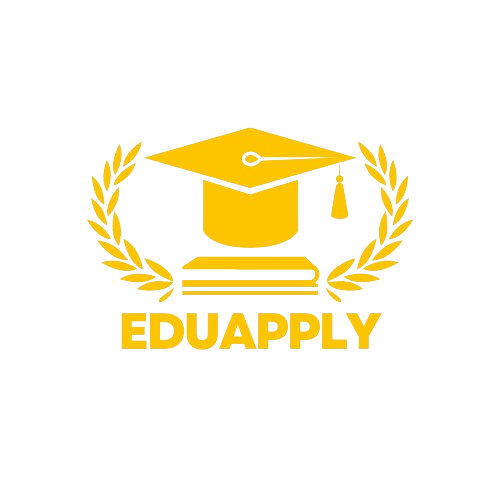Pursuing higher education is a significant investment in one’s future, but it often comes with a hefty price tag. For many students, scholarships, grants, and personal savings may not cover the full cost of tuition, fees, and living expenses. In such cases, student loans become a crucial resource to bridge the financial gap. This article provides a comprehensive guide to understanding student loans, including types of loans, eligibility criteria, application process, repayment options, and tips for managing debt responsibly.
Types of Student Loans
1. Federal Student Loans:
– Offered by the U.S. Department of Education, federal student loans include Direct Subsidized Loans, Direct Unsubsidized Loans, and Direct PLUS Loans. These loans typically have fixed interest rates and flexible repayment options.
2. Private Student Loans:
– Provided by banks, credit unions, and online lenders, private student loans are available to fill the remaining gap after exhausting federal aid. Interest rates and terms vary based on the lender and borrower’s creditworthiness.
3. Parent PLUS Loans:
– Federal loans available to parents of dependent undergraduate students to help cover education expenses. These loans require a credit check and have higher interest rates compared to other federal loans.
4. Consolidation Loans:
– Allow borrowers to combine multiple federal student loans into a single loan with a single monthly payment. This can simplify repayment but may result in a longer repayment term and higher total interest paid.
Eligibility Criteria
Citizenship or Eligible Noncitizen: To qualify for federal student loans, borrowers must be U.S. citizens, U.S. nationals, or eligible noncitizens.
Enrollment Status: Borrowers must be enrolled or accepted for enrollment in an eligible degree or certificate program.
Financial Need: Some federal loans, such as Direct Subsidized Loans, are need-based and require demonstration of financial need.
Credit Check: Private student loans and Parent PLUS Loans may require a credit check and satisfactory credit history.
Application Process
1. Complete the FAFSA:
– The Free Application for Federal Student Aid (FAFSA) is the gateway to federal student aid, including grants, scholarships, and loans. It is available online and should be completed annually.
2. Review Financial Aid Offers:
– Upon submission of the FAFSA, students receive financial aid offers from colleges they have applied to. Review these offers carefully, including details of any federal student loans offered.
3. Apply for Private Loans (if needed):
– If additional funding is required, research and apply for private student loans from banks, credit unions, or online lenders. Compare interest rates, fees, and repayment terms before selecting a lender.
4. Complete Loan Entrance Counseling:
– First-time borrowers of federal student loans are required to complete loan entrance counseling to understand their rights and responsibilities as borrowers.
5. Sign Master Promissory Note (MPN):
– Borrowers must sign a Master Promissory Note (MPN) for each federal loan they accept, agreeing to repay the loan and any accrued interest.
Repayment Options
1. Standard Repayment:
– Fixed monthly payments over a 10-year term. This is the default repayment plan for federal student loans.
2. Income-Driven Repayment (IDR) Plans:
– Offered for federal loans, IDR plans adjust monthly payments based on the borrower’s income and family size, extending the repayment term to 20 or 25 years.
3. Graduated Repayment:
– Payments start low and increase every two years over a 10-year term. This option may be suitable for borrowers expecting their income to rise over time.
4. Refinancing and Consolidation:
– Borrowers with multiple federal or private loans may choose to consolidate or refinance their loans to streamline repayment and potentially secure a lower interest rate.
Tips for Managing Student Loan Debt
1. Borrow Responsibly:
– Only borrow what is necessary to cover educational expenses and explore alternative funding sources such as scholarships and work-study programs.
2. Budget Wisely:
– Create a budget to track income and expenses, including loan payments. Prioritize essential expenses and minimize discretionary spending to allocate more towards debt repayment.
3. Stay Informed:
– Regularly review loan statements, repayment options, and any updates to loan terms or policies. Contact loan servicers promptly with any questions or concerns.
4. Take Advantage of Benefits:
– Federal student loans offer various benefits, such as income-driven repayment plans, deferment or forbearance options, and potential loan forgiveness programs for certain professions.
5. Communicate with Lenders:
– If facing financial hardship or difficulty making payments, contact loan servicers to discuss options for temporary relief, such as deferment, forbearance, or alternative repayment plans.
Student loans are a valuable resource that enables millions of students to pursue higher education and invest in their future. However, it is essential to understand the types of loans available, eligibility criteria, application process, repayment options, and strategies for managing debt responsibly. By borrowing wisely, budgeting effectively, staying informed, and communicating with lenders proactively, borrowers can navigate the complexities of student loan debt and achieve financial stability on the path to achieving their educational and career goals.



